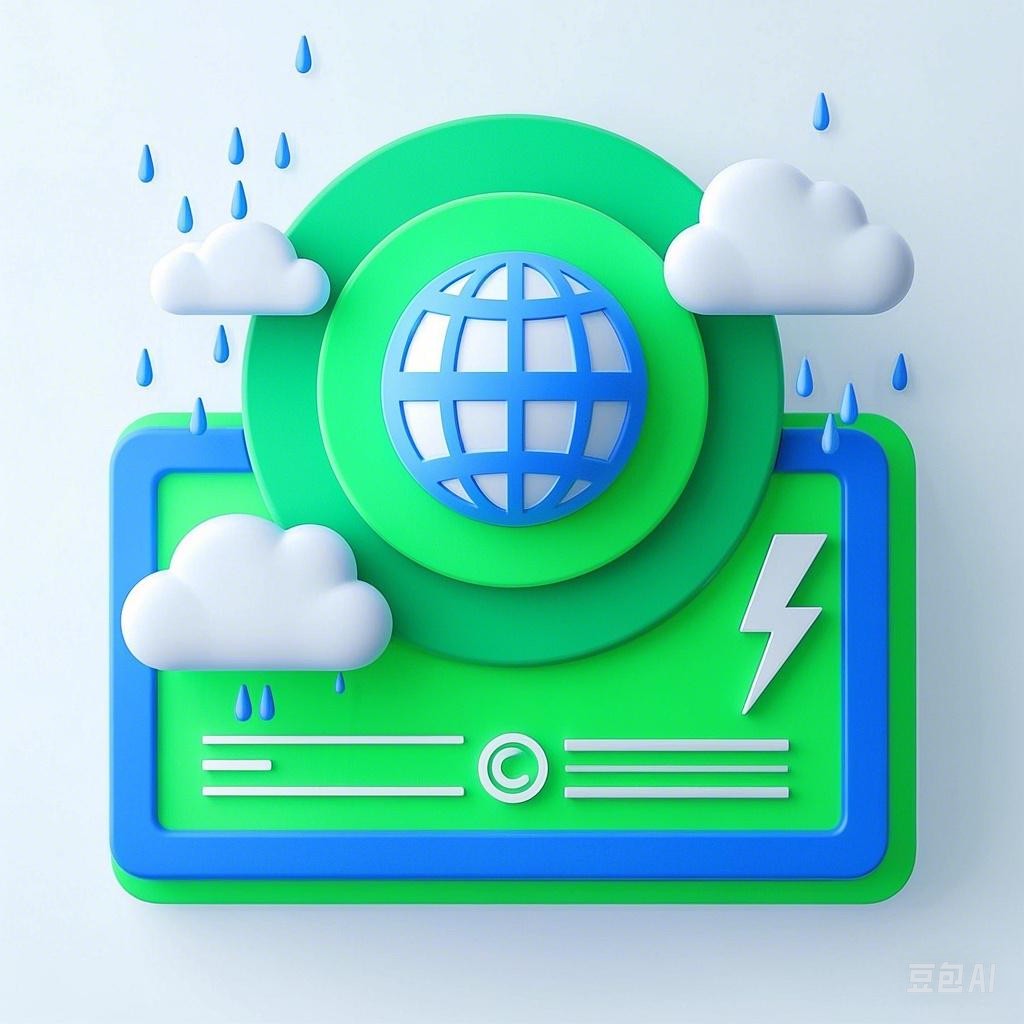Introduction
Typhoons, also known as tropical cyclones or hurricanes, are powerful weather systems that can cause widespread destruction when they make landfall. This article delves into the real-life devastation caused by typhoon disasters, exploring the impact on communities, the environment, and the strategies used for recovery and resilience building.
Understanding Typhoons
Formation and Characteristics
Typhoons are formed over warm ocean waters, typically in the western Pacific Ocean. They require warm sea surface temperatures of at least 26.5°C (79.7°F) and a low wind shear environment. As they develop, they gather energy and intensity, often reaching speeds of over 150 miles per hour (240 kilometers per hour).
Key Characteristics:
- Wind Speed: The wind speeds of a typhoon can exceed 74 miles per hour (119 kilometers per hour).
- Rainfall: Typhoons can dump massive amounts of rain, leading to flooding and landslides.
- Storm Surges: The strong winds of a typhoon can cause storm surges, leading to coastal flooding.
Naming Conventions
Typhoons are named using a list of pre-assigned names. In the Western Pacific, names are contributed by member countries of the Regional Specialized Meteorological Centre in Tokyo. If a typhoon causes significant damage, the name is retired and replaced with an alternative.
The Impact of Typhoon Disasters
Damage to Infrastructure
Typhoons can cause extensive damage to infrastructure, including buildings, roads, bridges, and utilities. The wind and rainfall can lead to structural failures, power outages, and communication disruptions.
Case Study: Typhoon Haiyan (Yolanda)
In November 2013, Super Typhoon Haiyan (locally known as Yolanda) struck the Philippines. It caused devastating damage, with over 6,300 people killed and millions displaced. The typhoon destroyed over 1.1 million homes and caused widespread damage to infrastructure.
Impact on Communities
Typhoon disasters have a profound impact on communities, leading to loss of life, displacement, and long-term economic and social challenges.
Loss of Life and Property
Typhoons can lead to loss of life through direct hits, storm surges, and subsequent flooding. Property damage can be extensive, leading to financial hardship and displacement.
Psychological Impact
Survivors of typhoon disasters often experience psychological trauma, including anxiety, depression, and post-traumatic stress disorder (PTSD). The loss of homes, communities, and loved ones can have long-lasting effects.
Environmental Impact
Typhoons can have significant environmental impacts, including soil erosion, deforestation, and damage to marine ecosystems.
Soil Erosion and Deforestation
The strong winds of a typhoon can strip away vegetation, leading to soil erosion. This can have long-term effects on land productivity and water quality.
Damage to Marine Ecosystems
Typhoons can cause significant damage to marine ecosystems, including coral reefs and mangroves. The strong winds and storm surges can destroy habitats and lead to the loss of biodiversity.
Recovery and Resilience Building
Immediate Response
The immediate response to a typhoon disaster involves search and rescue operations, providing food, water, and medical care to survivors, and restoring essential services.
Case Study: The Philippines After Haiyan
The Philippine government and international aid organizations worked together to provide immediate relief to survivors of Typhoon Haiyan. This included deploying emergency response teams, distributing food and water, and setting up temporary shelters.
Long-Term Recovery
Long-term recovery involves rebuilding infrastructure, restoring communities, and improving resilience to future disasters.
Rebuilding Infrastructure
Rebuilding infrastructure in typhoon-prone areas requires careful planning and consideration of climate change and sea-level rise. This often involves the construction of more resilient buildings and the implementation of flood defenses.
Community Resilience
Building community resilience involves empowering individuals and communities to prepare for and respond to future disasters. This can include education, training, and the development of community-based disaster risk reduction plans.
Conclusion
Typhoon disasters can cause widespread devastation, impacting communities, infrastructure, and the environment. Understanding the causes and impacts of typhoons is crucial for developing effective strategies for recovery and resilience building. By learning from past experiences and implementing comprehensive disaster risk reduction measures, we can work towards reducing the impact of future typhoon disasters.
